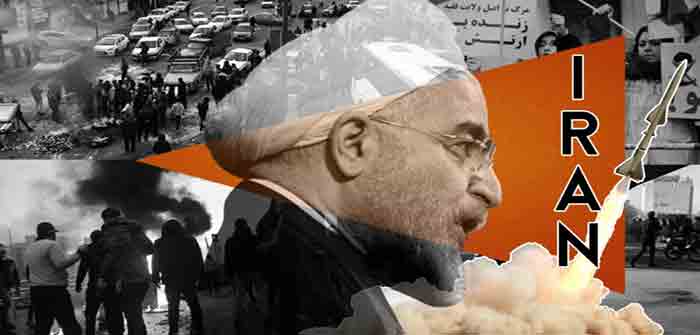
by Dr. Binoy Kampmark at Southfront
Over the weekend, Iran marked National Nuclear Technology Day. The stars of the show were going to be new advanced centrifuges at the Natanz uranium enrichment plant. Unfortunately, the stars did not shine and President Hassan Rouhani and his officials were left with a reminder of the previous time the centrifuges at Natanz crashed. In 2010, a joint US-Israeli operation against Iran’s nuclear program is said to have destroyed a fifth of the Iranian centrifuges, using the Stuxnet virus.
A sequence of events have been viewed cumulatively as suggesting that this was no error of engineering so much as plain sabotage. Israel was again the central agent of perpetration, a not implausible accusation given its relentless efforts to curb Iran’s nuclear ambitions. The latest came last November, when Iran’s chief nuclear scientist Mohsen Fakhrizadeh was slain by a gun operated by artificial intelligence. At this feat, Brigadier-General Ali Fadavi was almost admiring in description: the gun had “focused only on martyr Fakhrizadeh’s face in a way that his wife, despite being only 25 cm away, was not shot.”
Itamar Eichner of YNet was happy to indulge in questions regarding the latest incident at Natanz. Was the politically troubled Prime Minister Benjamin Netanyahu raising a toast with officials of Mossad, the IDF and Shin Bet ahead of Independence Day auspicious? And why did US Defence Secretary Lloyd J. Austin III pay a visit to Israel on April 11, the day the attack took place? Defence analyst Ron Ben-Yishai, also of YNet, suggested that it was “reasonable to assume that the problem … might not have been caused by an accident, but by deliberate sabotage intended to slow the nuclear race accelerated by the negotiations with the US on removing sanctions”.
Israeli and US officials have confirmed that Israel did play a role, though the speculation as to what actually happened at Natanz remains a feast of various courses. The Times of Israel provided some detail: a bomb had been planted in advance at the nuclear enrichment facility near the main electricity line, more than implying that Iran’s nuclear program has been infiltrated and compromised. According to Channel 13 news, the device went off on Sunday at 4 in the morning, after which the facility was evacuated. The bomb crippled the entire facility, leading Channel 13 defence analyst Alon Ben-David to conclude that this was “the worst attack that Iran’s nuclear program has suffered … at the most important Iranian nuclear facility.”
An unnamed Israeli intelligence official told the Kan news that the damage to the site was “extensive” in nature, having affected various types of centrifuges. Others read from the same script in their assessments to Channel 13, citing “severe damage at the heart of Iran’s enrichment program.” In the New York Times, another intelligence official explained that the remotely detonated device had disabled both primary and backup electrical systems.
Behrouz Kamalvandi, a spokesman for the Atomic Energy Organization of Iran, preferred to minimise the effect of the blast, claiming on April 12 that the explosion had been “small” and took place “at the electricity distribution centre”. The damage caused could be “quickly repaired.”
But as with the killing of Fakhrizadeh, some officials could not help but be impressed by the manner of execution, inadvertently confessing to the sheer seriousness of it. “The enemy’s plot was very beautiful,” came the reflection from Fereydoun Abbasi, head of the Iranian Parliament’s energy committee. “I’m looking at it from a scientific point of view. They thought about this and used their experts and planned the explosion so both the central power and the emergency power cable would be damaged.”
Such violent behaviour on Israel’s part is heavily leveraged against…
Continue Reading